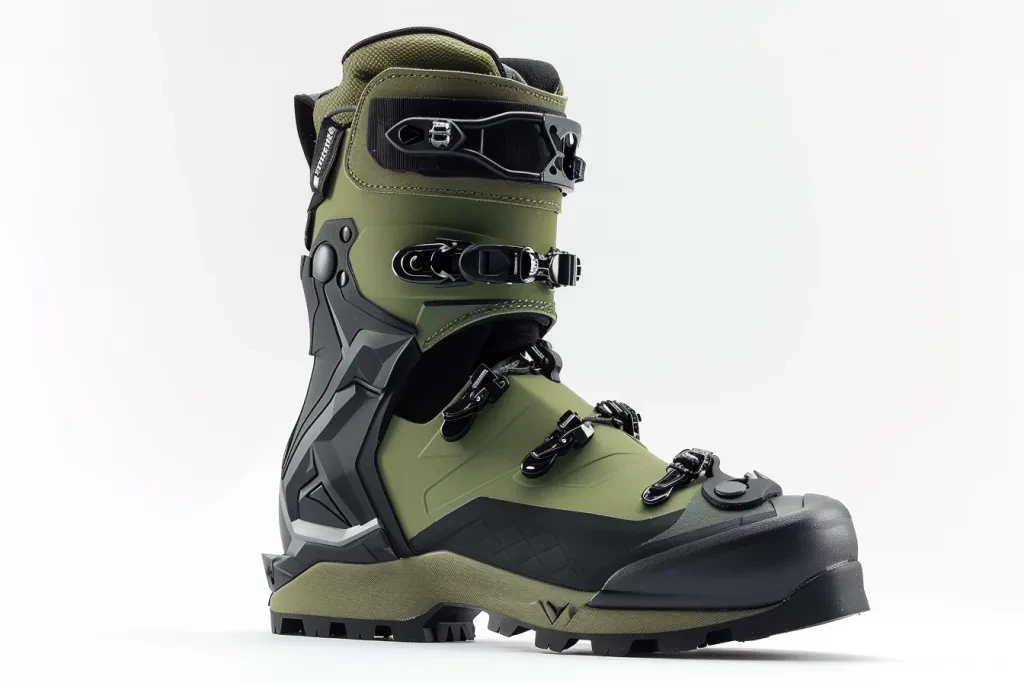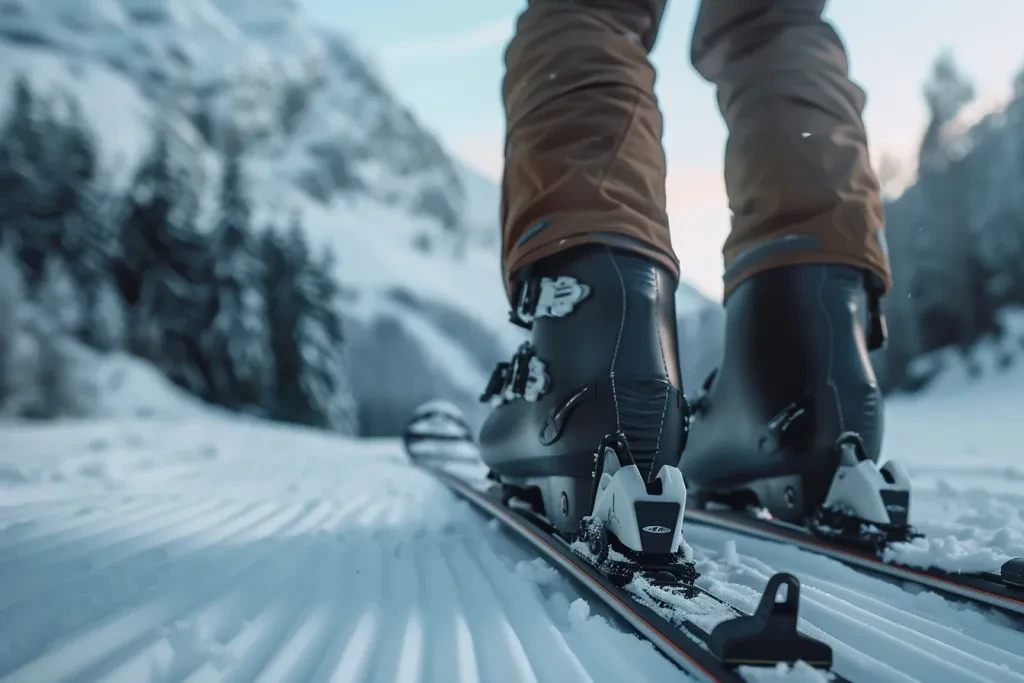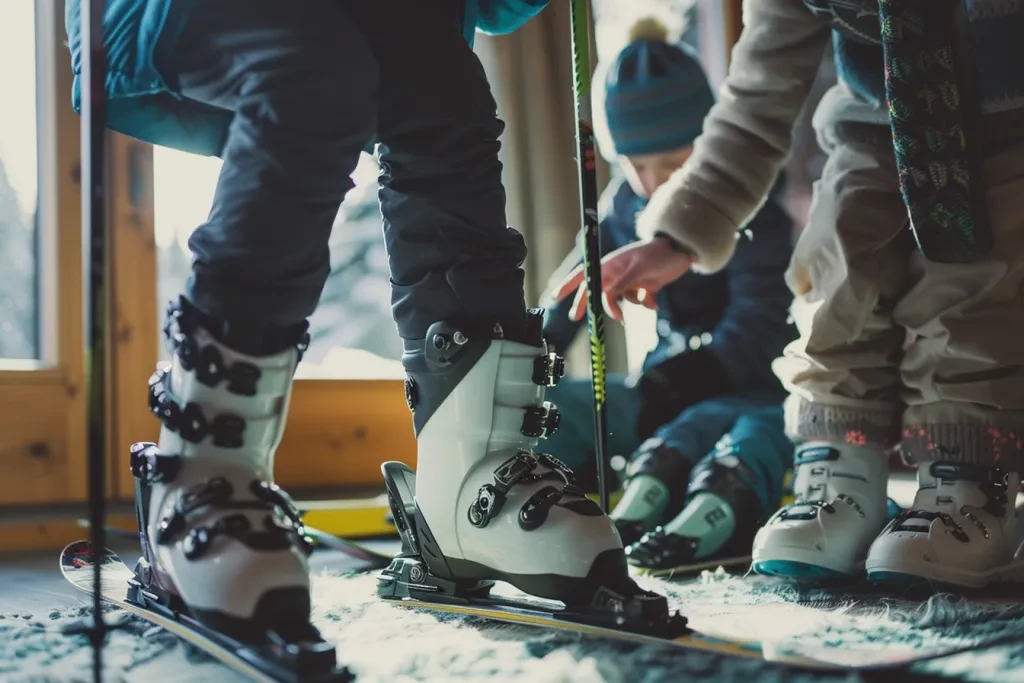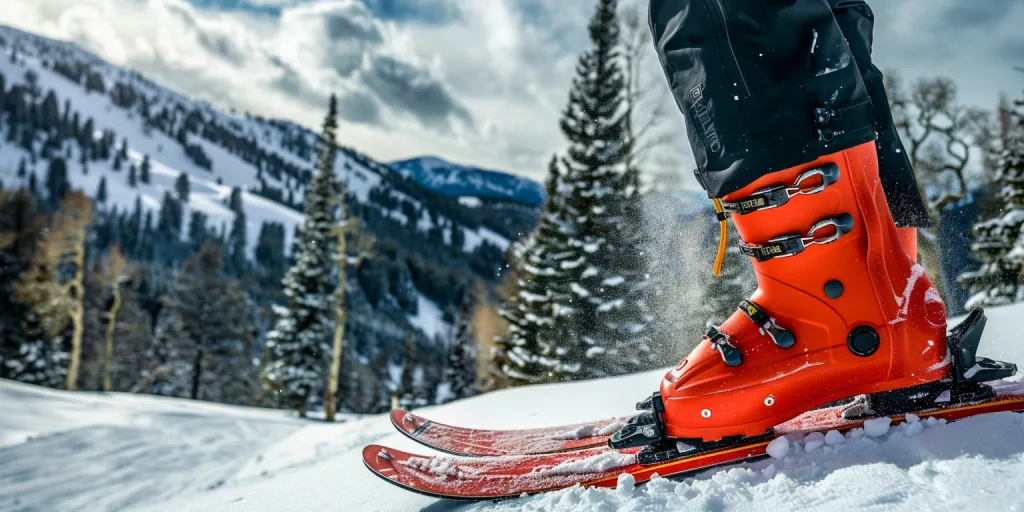When the winter season rolls in, and the mountains begin to call, having the right ski boots can make or break your experience on the slopes. This comprehensive guide is designed to walk you through the most crucial aspects of ski boots, ensuring you’re well-equipped to make an informed decision. Whether you’re a seasoned skier or just starting, understanding the nuances of ski boots will significantly enhance your performance and comfort.
Table of Contents:
1. Understanding ski boot technology
2. Finding the right fit
3. Flex ratings and what they mean
4. The importance of ski boot liners
5. Maintenance and care for longevity
Understanding ski boot technology

Ski boot technology has evolved significantly over the years, with manufacturers focusing on improving comfort, performance, and safety. The core of modern ski boots is designed to provide a seamless connection between the skier and the ski, allowing for precise control and maneuverability. Materials such as polyurethane and carbon fiber are commonly used for their balance of flexibility and rigidity, ensuring the boot can withstand the pressures of skiing while conforming to the shape of the foot.
Innovations in ski boot design also include micro-adjustable buckles and heat-moldable liners, which offer a customized fit for every foot shape. Additionally, advancements in the walk mode feature have improved the versatility of ski boots, making it easier for skiers to walk or hike without compromising on performance when it’s time to descend.
Finding the right fit

The importance of finding the right fit cannot be overstated when it comes to ski boots. A well-fitted boot not only enhances comfort but also improves the skier’s control over their skis. To find the perfect fit, it’s essential to consider both the length and width of your foot. Ski boots are measured in mondo point, which corresponds to the foot’s length in centimeters. However, the width of the boot, often referred to as the last, is just as crucial to ensure there’s no unwanted movement inside the boot.
When trying on ski boots, wearing ski socks and spending enough time in the boots to assess their comfort is advisable. Pay attention to any pressure points or areas of discomfort, as these could lead to issues down the line. Remember, a snug fit is key, as the liner will pack out and conform to your foot over time.
Flex ratings and what they mean

Flex ratings are a critical aspect of ski boots that determine the boot’s stiffness and, consequently, its responsiveness. A higher flex rating indicates a stiffer boot, which is typically preferred by advanced skiers for greater precision and control at high speeds. Conversely, a lower flex rating signifies a softer boot, offering more comfort and forgiveness, making it suitable for beginners or intermediate skiers.
It’s important to choose a flex rating that matches your skiing style and ability level. While a stiffer boot can enhance performance, it can also lead to discomfort or fatigue if it’s not aligned with your skill level. Therefore, finding the right balance is essential for an optimal skiing experience.
The importance of ski boot liners

Ski boot liners play a pivotal role in comfort and performance. They are designed to cushion the foot, absorb vibrations, and provide warmth. Most modern ski boots come with liners that can be heat-molded to the skier’s foot, offering a customized fit that enhances comfort and support.
Besides the traditional foam liners, there are also options like gel and wool-lined versions that offer additional warmth and comfort. Regardless of the material, the key is to ensure the liner fits snugly around the foot and ankle, eliminating any movement inside the boot that could lead to blisters or discomfort.
Maintenance and care for longevity

Taking proper care of your ski boots can significantly extend their lifespan and maintain their performance. After each use, it’s essential to dry the boots thoroughly, removing the liners and allowing them to air dry separately. Avoid direct heat sources, as this can damage the materials and affect the fit.
Regularly inspect your boots for any signs of wear and tear, especially around the soles and buckles. Replacing worn parts can prevent more significant issues down the line. Additionally, storing your boots in a cool, dry place when not in use will help preserve their condition, ensuring they’re ready for the next skiing adventure.
Conclusion:
Selecting the right ski boots is a crucial step in preparing for the slopes. By understanding the latest ski boot technology, finding the right fit, considering flex ratings, appreciating the role of liners, and maintaining your boots properly, you can significantly enhance your skiing experience. Remember, the right pair of ski boots not only improves performance but also ensures comfort and safety, making every skiing adventure more enjoyable.




